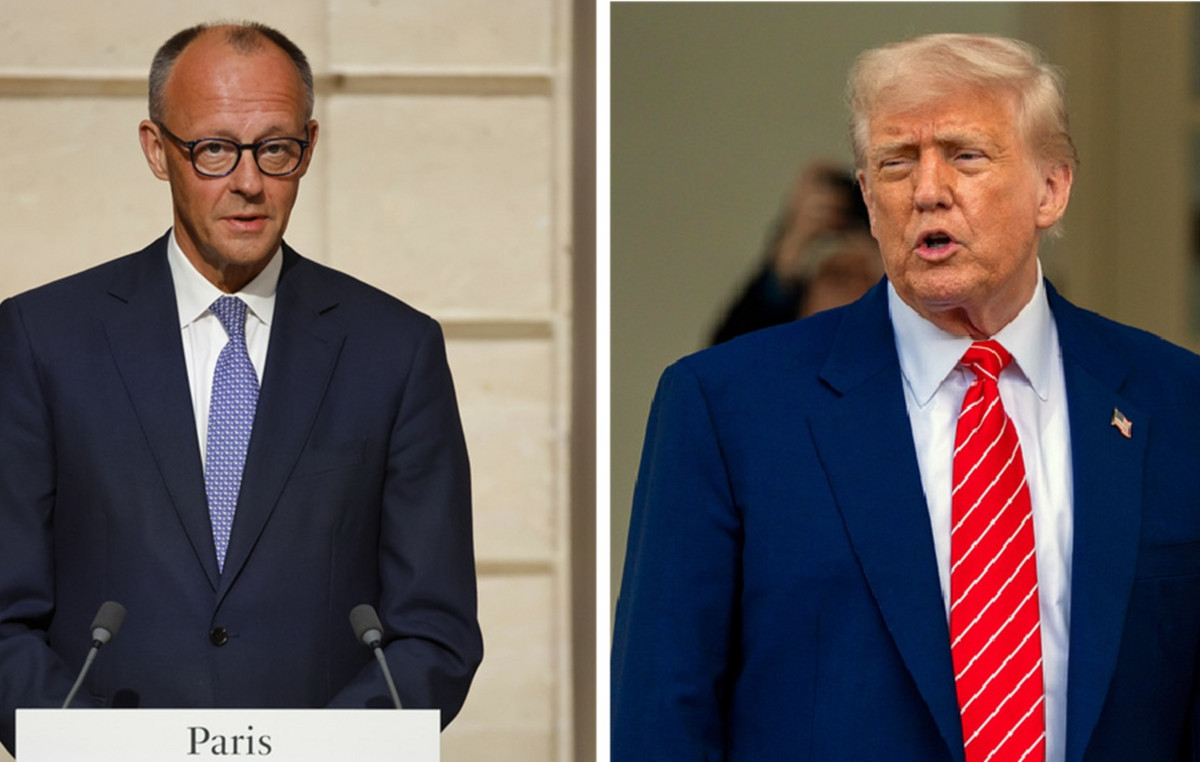THE Holy Week It is one of the most significant celebrations for Catholics, uniting faithful around the world in honors, prayers, meditations and retreats. Each day of the Holy Week has a meaning.
The central period of the Christian faith is a liturgical journey that tells the final moments of the life of Jesus Christ, culminating in his resurrection. From the Sunday from Ramos to the glory of Easter Sunday, each day carries a profound meaning about the mysteries of faith, to contemplate the sacrifice of Jesus and to renew hope in the promise of eternal life.
The Catholic Church starts Holy Week node SUNDAY OF RAMOS marking the most important period of liturgical year . Understand the meaning of each day of Holy Week .
SUNDAY OF RAMOS
Ramos Sunday inaugurates Holy Week, celebrating the triumphant entrance of Jesus in Jerusalem, which precedes his passion, death and resurrection.
On this day the people used branches and leaves to cover the path of Jesus, which would have generated envy and fear in the priests, starting a conspiracy against him. The Liturgy of the branches symbolizes Christ’s victory in history, marked by conflicts and inequalities.
Holy Monday: the visit to Bethany
On this day, during the Mass, the Gospel of St. John is proclaimed. Six days before Easter, Jesus arrives in Bethany for her last visit to friends. On this day Jesus announced that his time came: “She kept this perfume to my grave” (cf. John 12,7).
Holy Tuesday: anticipating the last supper
Holy Tuesday is the third day of Holy Week. And while there is no specific ritual to mark it like the other days of the week, the Bible points out that on this day, work was intensified in preparing for the betrayal of Judas and the imminence of the passion of Christ. The Catholic liturgy often highlights the growing tension and conflict between Jesus and the religious authorities.
Holy Wednesday: Procession of the Meeting
In some regions, Meeting Procession representing the painful meeting between Jesus and Maria . In the communions between Catholics, the priest proclaims the famous “sermon of the seven words”, reflecting, which calls the faithful to conversion and penance.
Holy Thursday: Beso Lava, Eucharist and Priesthood
Holy Thursday, also called Thursday of the Lord’s Supper, marks the beginning of the Paschal Triduum, the most important period of Holy Week. It celebrates three main events in the life of Jesus:
Tonight Jesus celebrated Jewish Easter with his disciples. During the meal, he instituted the Eucharist, sharing bread and wine as his body and blood, and instructing his followers to repeat the act in his memory. This event is the basis of the celebration of Mass in the Catholic Church.
Before the supper, Jesus washed the feet of his disciples, showing humility and service, teaching them to love and serve each other. This act is often recreated in liturgical ceremonies on Holy Thursday.
In instructing his apostles to celebrate the Eucharist, Jesus gave them the authority to perform this sacrament, giving rise to the ministerial priesthood in the Christian tradition.
Holy Thursday is a day of great significance, as it marks the moment when Jesus established two central pillars of the Christian faith: the Eucharist and the ministerial priesthood, and leaves the example of love and service through the foot washing. Liturgically, it is a day rich in symbolism and emotion, preparing the faithful for the celebration of Christ’s passion and resurrection.
Holy Friday: Passion and death of Christ
The Holy Friday, also called Passion Friday, is the day Christians recall the crucifixion and death of Jesus Christ. It is a day of mourning, fasting and abstinence, dedicated to the reflection on Jesus’ sacrifice for humanity. Mass is not celebrated on this day; Instead, the liturgy focuses on:
-
Passion Reading: The narrative of the condemnation, crucifixion and death of Jesus according to the Gospels is read.
-
Worship of the Cross: The cross, a symbol of Christian salvation, is venerated by the faithful.
-
Communion: The faithful receive the sacred communion, consecrated the day before, during the Mass of the Lord’s Supper.
The Holy Friday is a day that represents the sacrifice of Jesus, and is seen as the maximum act of love and redemption. The Church encourages the faithful to meditate on Christ’s suffering and to join Him in his passion, preparing for the joy of the resurrection on Easter Sunday.
Hallelujah Saturday
Holy Sabbath, also known as Hallelujah Saturday, is the day between the crucifixion of Jesus on Holy Friday and his resurrection on Easter Sunday.
It is a day of silence and waiting, representing the time when Jesus remained in the grave. Liturgically, it is a unique day because there are no Eucharistic celebrations. The altar remains naked and the empty tabernacle, symbolizing the absence of Christ.
The faithful are invited to prayer and reflection, meditating on the suffering of Christ and waiting with hope for his resurrection. The Church remains in vigil by the tomb, preparing for the great celebration of the Easter Vigil, which begins on Saturday night and culminates with the announcement of the resurrection of Christ. The Pascal Vigil is considered the “mother of all vigils,” the most important liturgical celebration of the Christian year.
RESSURECTION SUNDAY
Resurrection Sunday, also known as Easter Sunday, is the most important day of the Christian calendar. He celebrates the resurrection of Jesus Christ among the dead, marking the victory over death and sin, and the promise of eternal life for all who believe in Him.
After the period of mourning and waiting from Holy Sabbath, the resurrection Sunday is synonymous with joy and the hope of the new life. The Pascal Vigil, which begins on Saturday night, culminates with the proclamation of the resurrection and celebrates Christ’s victory over death.
On Easter Sunday, the churches are decorated with flowers and lights, symbolizing the new life. The celebrations are marked by happy songs and messages of hope. Resurrection is the foundation of the Christian faith, representing the hope of eternal life and the promise of a new beginning.
This content was originally published in Easter: Understand the meaning of each day, according to the Catholic Church on CNN Brazil.
Source: CNN Brasil
I’m James Harper, a highly experienced and accomplished news writer for World Stock Market. I have been writing in the Politics section of the website for over five years, providing readers with up-to-date and insightful information about current events in politics. My work is widely read and respected by many industry professionals as well as laymen.







